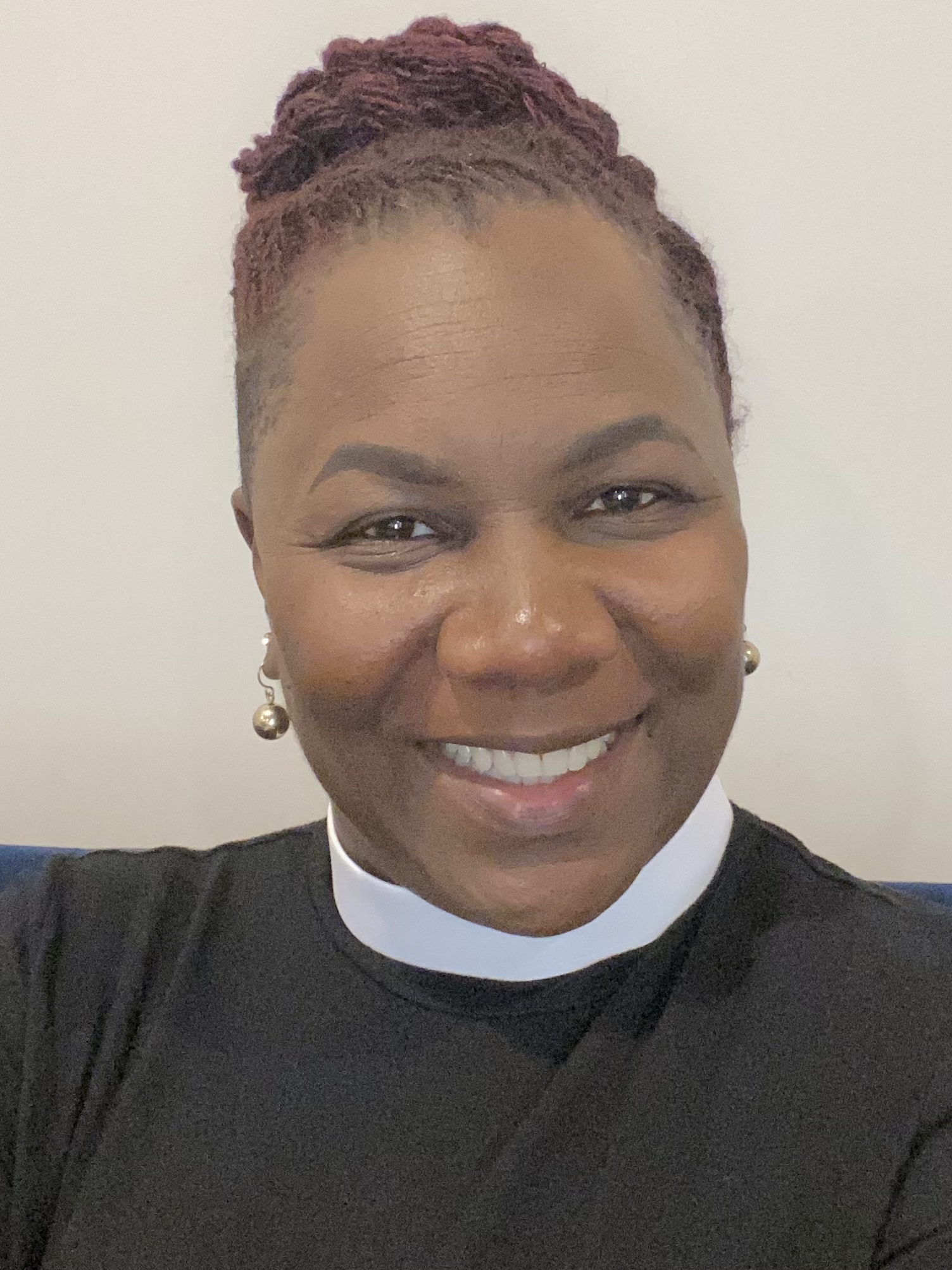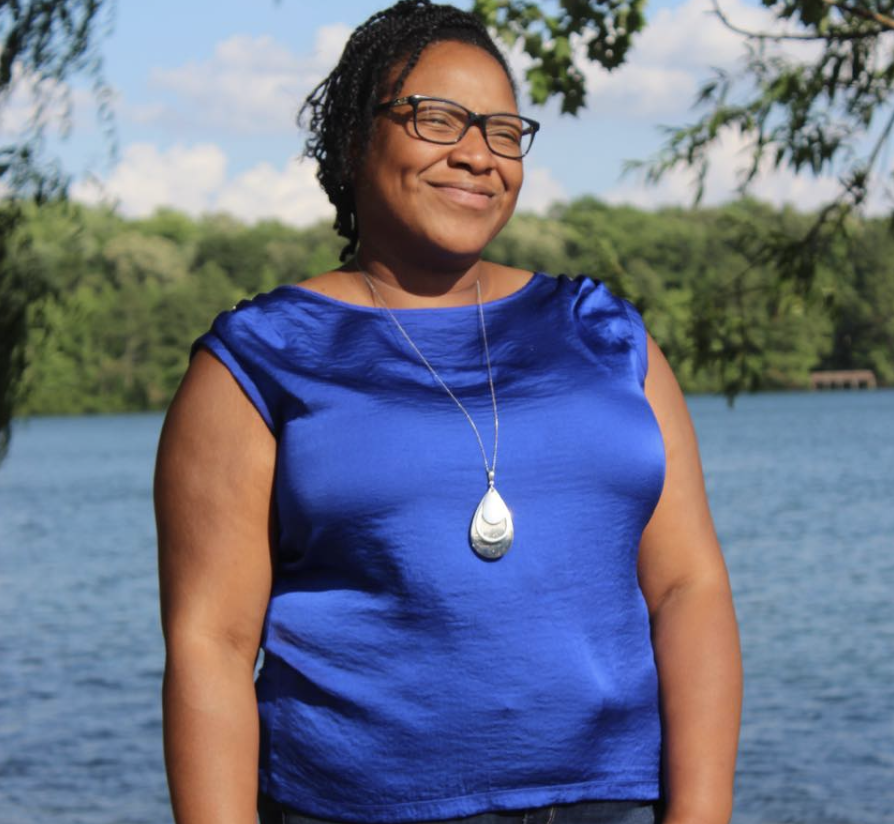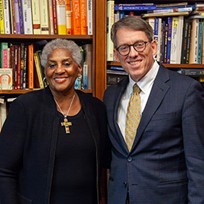Holding History, Making History
The pages you hold in your hands both are history and have history. In reading The Christian Recorder, you participate in a tradition that reaches back to the 1840s, when the AME Church’s Book Concern added periodicals to its offerings. Copies of those early periodicals are rare; and, until recently, have only rarely been studied. They were monumental contributions—recording lives and stories that the white-dominated publishing industry ignored, dismissed, or defamed.
Imagine reading The Christian Recorder 150 years ago. The 6 July 1867 issue of The Christian Recorder that subscribers received was a massive single sheet 26½ inches high and 40 inches wide folded once into a four-page paper. Subscribers outside of Philadelphia, where the paper was printed, depended on the mails to get their papers.
Each week, subscribers listed in the paper’s “Acknowledgements” columns like William Mabines (a hostler in Bloomington, Illinois) and Edward Hebrew (a barber in Providence, Rhode Island) journeyed to their post offices, often facing hostile white postal workers. They’d paid $2.50 for a year’s subscription—a significant amount in 1867—so they wouldn’t want to miss an issue.
Like Catherine Tillman (a domestic worker in Millville, New Jersey) and William Higginbotham (a farmer in Rome, Georgia), they brought their papers back to their homes. There, with memories of the Civil War and slavery fresh and painful, they could—like Henry Jones (a tinsmith in Binghamton, New York) and Eveline Williams (a homemaker in Cleveland, Ohio)—read about the hopes of a generation of Black folks and the continuing and often violent racism that challenged those hopes amid the swirl of Reconstruction.
In the 6 July 1867 issue, there was an article about an all-Black school in New Orleans taught by Edmonia Goodelle Highgate, an amazing writer who scholars are just rediscovering. Another article told about how AME churches in Indianapolis were fighting for suffrage and encouraging folks to watch the Frederick Douglass lecture in the city later that month. Readers could learn about New York Conference appointments, the organization of the Florida Conference, and AME churches in Chicago, Atlanta, and Fort Scott, Kansas. They could read of the deaths of Jacob Hunter (age 78, a former steward of Lincoln University) and Mary Elizabeth Shelton (age 1½, the daughter of Harriet and Isaac Shelton). These texts—as well as poetry, letters, fiction, sermons, and reports written by Black folks for Black folks—offered fellowship and affirmation, a reminder of how much their lives and stories mattered in the midst of a broader American culture bent on marginalizing them.
The Christian Recorder of today still does much of this essential work. So, the calls editors made to readers of the 6 July 1867 issue still ring true: read, write, subscribe, and support.
In that these pages are both history and have history, there are other imperatives, too. The need to be “Christian recorders” has never been greater. Research church history and explore resources like the Colored Conventions Project (coloredconventions.org), Princeton’s Theological Commons (commons.ptsem.edu), and the Henry McNeal Turner Project (thehenrymcnealturnerproject.org). Search church attics and home collections for bits of history—especially old periodicals, scrapbooks, and church publications and preserve and share what you find. Talk across generations, explore connections between elders’ stories and contemporary experiences, and then use text, art, audio, video, and social media to share, remember, and “record.”
Eric Gardner teaches at Saginaw Valley State University and is the author of Black Print Unbound: The Christian Recorder, African American Literature, and Periodical Culture.





